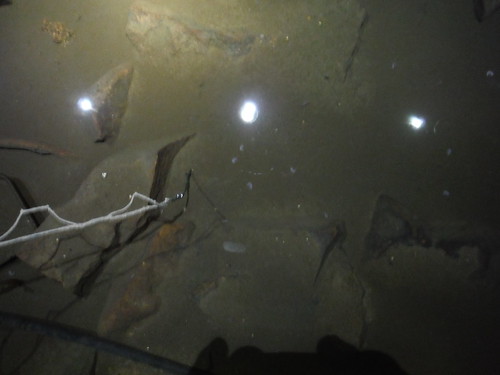christine
Active member
Filmed in Upper Flood yesterday, these little critters were hanging out in a crystal pool - I've seen a pic on the Flickr page for UF but no description of what they are or where they were.
(Sorry about the link to my webpage but I really cannot be bothered to upload videos all over the shop just to please a minority).
https://www.facebook.com/photo.php?v=513236445456673¬if_t=video_processed
(Sorry about the link to my webpage but I really cannot be bothered to upload videos all over the shop just to please a minority).
https://www.facebook.com/photo.php?v=513236445456673¬if_t=video_processed





